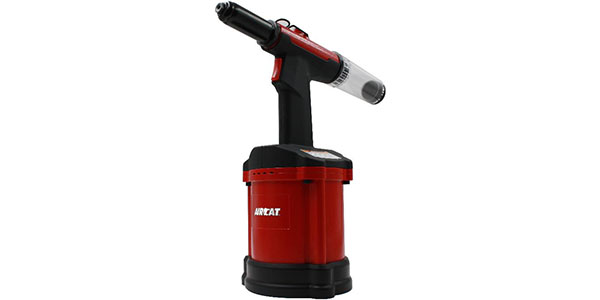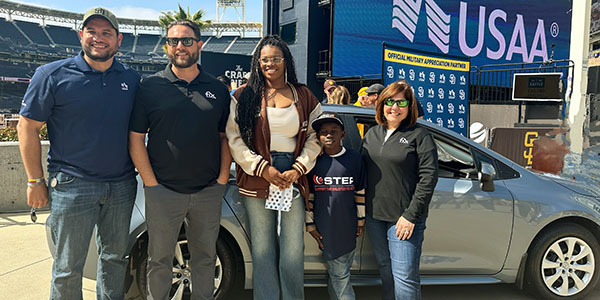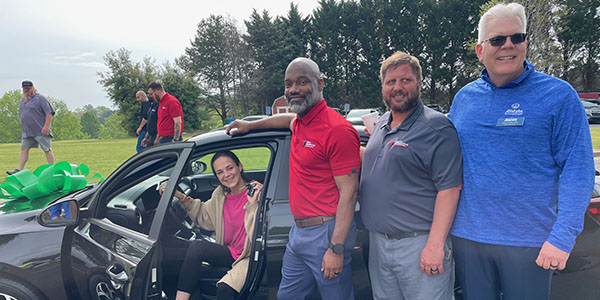 Snowstorms are in the rearview mirror for most of the country, but there are other weather disasters on the horizon. For example, much of the country is in the midst of tornado season. Wildfires are a reality for many in drought conditions. Hurricanes, earthquakes, floods – you get the picture.
Snowstorms are in the rearview mirror for most of the country, but there are other weather disasters on the horizon. For example, much of the country is in the midst of tornado season. Wildfires are a reality for many in drought conditions. Hurricanes, earthquakes, floods – you get the picture.
Do your employees know what to do in case of an extreme weather emergency? Do you have people in the shop assigned to take charge in these situations, and are they trained properly in those duties?
Though we can’t control Mother Nature, we can do our best to be ready for the unknown. Preparing before an emergency is important to ensure that your employees know what to do and where to go no matter what type of weather event.
If you don’t already have an emergency action plan, it’s smart to include a range of company representatives in the planning process, from management to technicians to other employees. A diverse group will help ensure that everyone top to bottom has a stake in safety when disaster strikes.
OSHA Requirements
In 29 CFR 1910.38, OSHA addresses Emergency Action Plans (EAPs), which establish procedures that help prevent fatalities, injuries and property damage. An EAP must be in writing for shops of 11 or more employees; it can be communicated orally if there are 10 or fewer. At a minimum, the plan must include:
- Fire and emergency reporting procedures
- Procedures for emergency evacuation, including the type of evacuation and exit routes
- Procedures for those who remain to operate critical operations prior to evacuation
- Procedures to account for employees after evacuation
- Procedures for employees performing rescue and medical duties
- Names of those to contact for further information or explanation about the plan
Evacuation policies, procedures and escape route assignments are put into place so employees know who is authorized to order an evacuation, under what conditions an evacuation would be necessary, how to evacuate and what routes to take. Evacuation procedures should describe actions employees should take before and during evacuation, such as shutting windows, turning off equipment and closing doors behind them.
Plan Components
Mother Nature can wreak havoc in many different events, including floods, earthquakes, hurricanes and tornadoes. Depending on the type of emergency, employees may need to assemble inside the workplace. For example, in a tornado, you would not want to assemble in a parking lot or other outside area that would expose you to the dangers of tornado activity. Your emergency plan must identify when and how employees are to respond to different types of emergencies.
In addition, consider your facility. If you work in an underground tornado shelter, you may be safe from a tornado. But the reality is that most shops are in regular neighborhoods, in facilities made of materials that are vulnerable to extreme weather conditions. You must account for this in your emergency plan.
Do your employees know where to go in case of an emergency? If not, they should. In your plan, create maps of your facility with arrows that designate the exit routes, which should be:
- Clearly marked and well-lit
- Wide enough to accommodate the number of evacuating personnel
- Unobstructed and clear of debris at all times
- Unlikely to expose evacuating personnel to additional hazards
In addition, you should make sure there is enough space to accommodate all of your employees. For instance, in the event of a tornado, will your designated shelter area hold everyone, or do you need to scout out additional overflow areas? Make sure this number includes customers or contractors that may potentially be in the building.
Another component of your plan should include designating people to help move employees and customers to safe areas during an emergency. This includes checking offices, bathrooms and other spaces before being the last person to exit an area. Keep in mind that employees who are designated to assist in emergencies must be trained in the task, whether it’s operating fire extinguishers, helping those with special needs, knowing the workplace layout or recalling alternate exits routes if the primary routes are blocked.
Accounting for everyone in your facility is critical after an emergency, especially when rescue personnel are involved, so you should have someone designated to do a head count after the evacuation.
Reviewing Your Plan
OSHA wants shops to review the EAP with each employee when the plan is developed, when responsibilities shift and when emergency procedures or policies change. In many facilities, you’re required to do annual EAP training, depending on the hazards of a particular workplace. As a general rule, annual refresher training is your best bet in the interest of keeping safety top of mind.
No one wants disaster to strike, but when it does, you want your shop and its employees to be prepared and protected. The EAP is just one more component in your overall plan for shop safety. For more information, visit https://www.osha.gov/SLTC/emergencypreparedness/.













